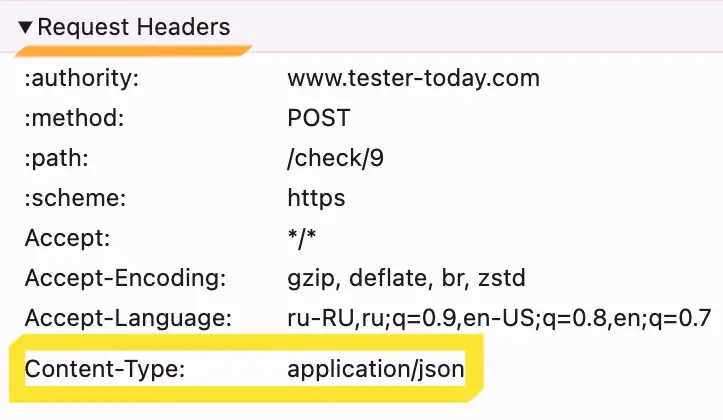JSON (JavaScript Object Notation) is a text, formatted according to specific rules. A person can easily read it, and a computer can quickly process it. JSON is used to transmit and store information.
{
"i_am_json_key": "I am json value"
}Example of text in JSON format

